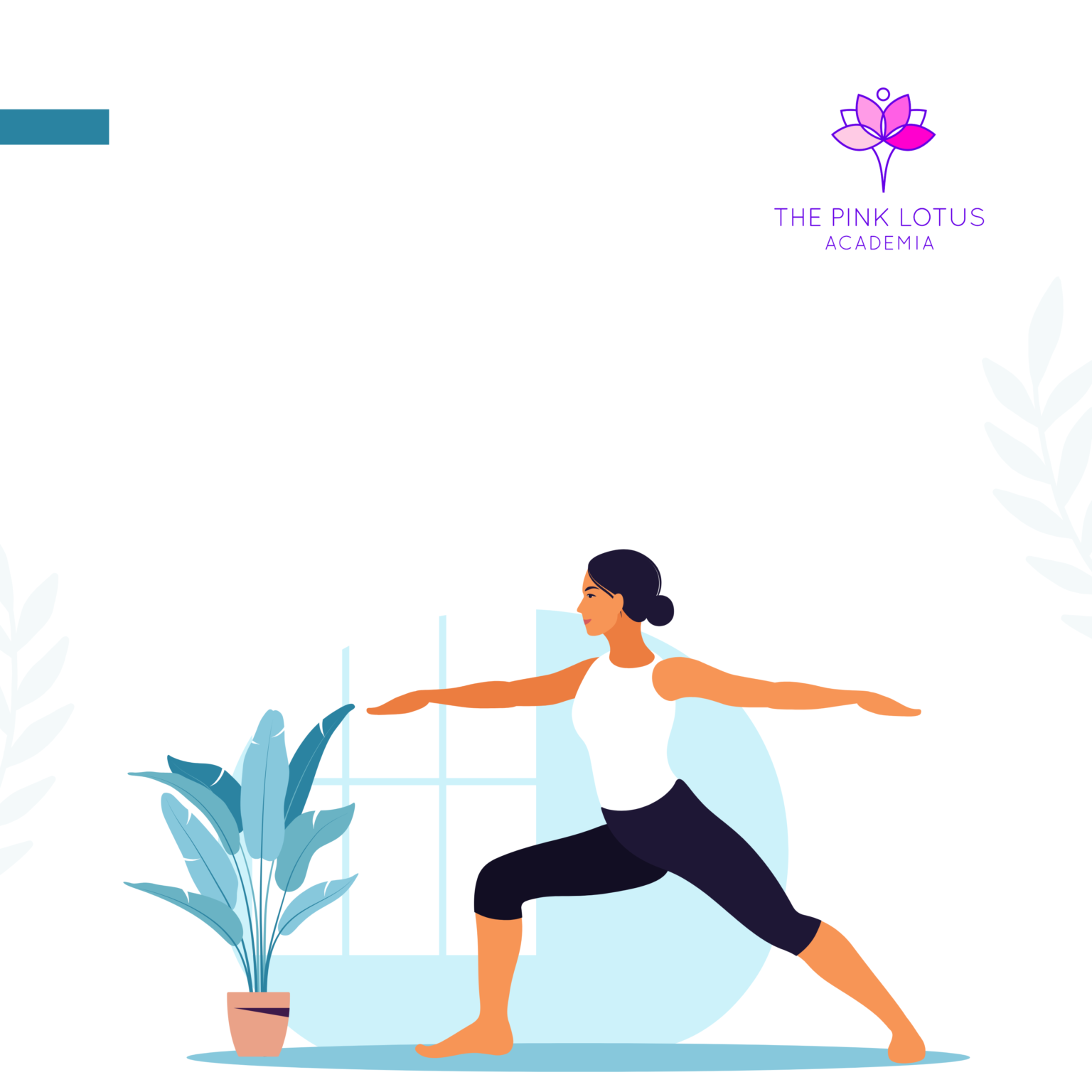Introduction
As passionate practitioners and seasoned yoga instructors, we understand the profound impact that clear and effective verbal cues can have on students’ yoga experiences. In this comprehensive guide, we delve into the art of mastering verbal cues, uncovering the key principles and strategies that will empower you to become an exceptional yoga teacher. Whether you’re a seasoned instructor seeking to refine your skills or a budding yogi embarking on your teaching journey, this article will equip you with invaluable insights to elevate your teaching abilities.
Understanding the Power of Verbal Cues
Verbal cues are the foundation upon which the student-teacher connection is built. By providing concise and precise instructions, instructors can guide students through asanas (poses), pranayama (breathing exercises), and meditation with clarity and effectiveness. The power of verbal cues lies in their ability to facilitate proper alignment, enhance body awareness, and create a safe and transformative space for students to explore their practice.
Mastering the Art of Verbal Cues
1. Clarity and Simplicity
To effectively communicate with your students, it’s essential to use clear and simple language. Avoid jargon and technical terms that may confuse or overwhelm beginners. Instead, opt for concise instructions that convey the intended actions and sensations clearly. For example, instead of using complex anatomical terms, guide students to “lengthen their spine” or “ground through their feet.”
2. Use Imagery and Metaphors
Engage your students’ imagination by incorporating imagery and metaphors into your verbal cues. By painting a vivid picture in their minds, you can help them deepen their understanding of the pose and cultivate a more embodied experience. For instance, when guiding a forward fold, you might encourage students to envision their spine as a graceful waterfall, cascading forward with each breath.
3. Breath Awareness
Integrating breath awareness into your verbal cues is crucial in cultivating a mindful and meditative practice. Encourage students to synchronize their breath with movement, guiding them to inhale during expansive actions and exhale during releasing or grounding movements. This mindful approach fosters a sense of connection between the mind, body, and breath, enhancing the overall yoga experience.
4. Precision and Specificity
To ensure students execute poses correctly and safely, it’s vital to provide precise and specific cues. Break down the pose step-by-step, highlighting key alignment points and common pitfalls to avoid. For example, when instructing Warrior II, guide students to align their front heel with their back arch, stack their shoulders directly over their hips, and extend their arms parallel to the ground.
5. Variations and Modifications
Acknowledge and cater to the diverse needs and abilities of your students by offering variations and modifications throughout your cues. By providing options that accommodate different body types, flexibility levels, and injuries, you create an inclusive environment where everyone can participate and progress at their own pace. This approach fosters a sense of empowerment and ensures that all students feel seen and supported.
Conclusion
In summary, mastering verbal cues is an art that holds the potential to transform your yoga teaching. By embodying clarity, simplicity, imagery, breath awareness, precision, and inclusivity, you can create a space where students can fully immerse themselves in the practice, unlocking their potential for growth and self-discovery. Remember, effective verbal cues are not merely instructions but powerful tools that can unlock the transformative power of yoga for each and every student.
Instagram: @thepinklotusacademia
Facebook: @thepinklotusacademia
Faculty: Kaavita Das
Enquire Now: Click Here














